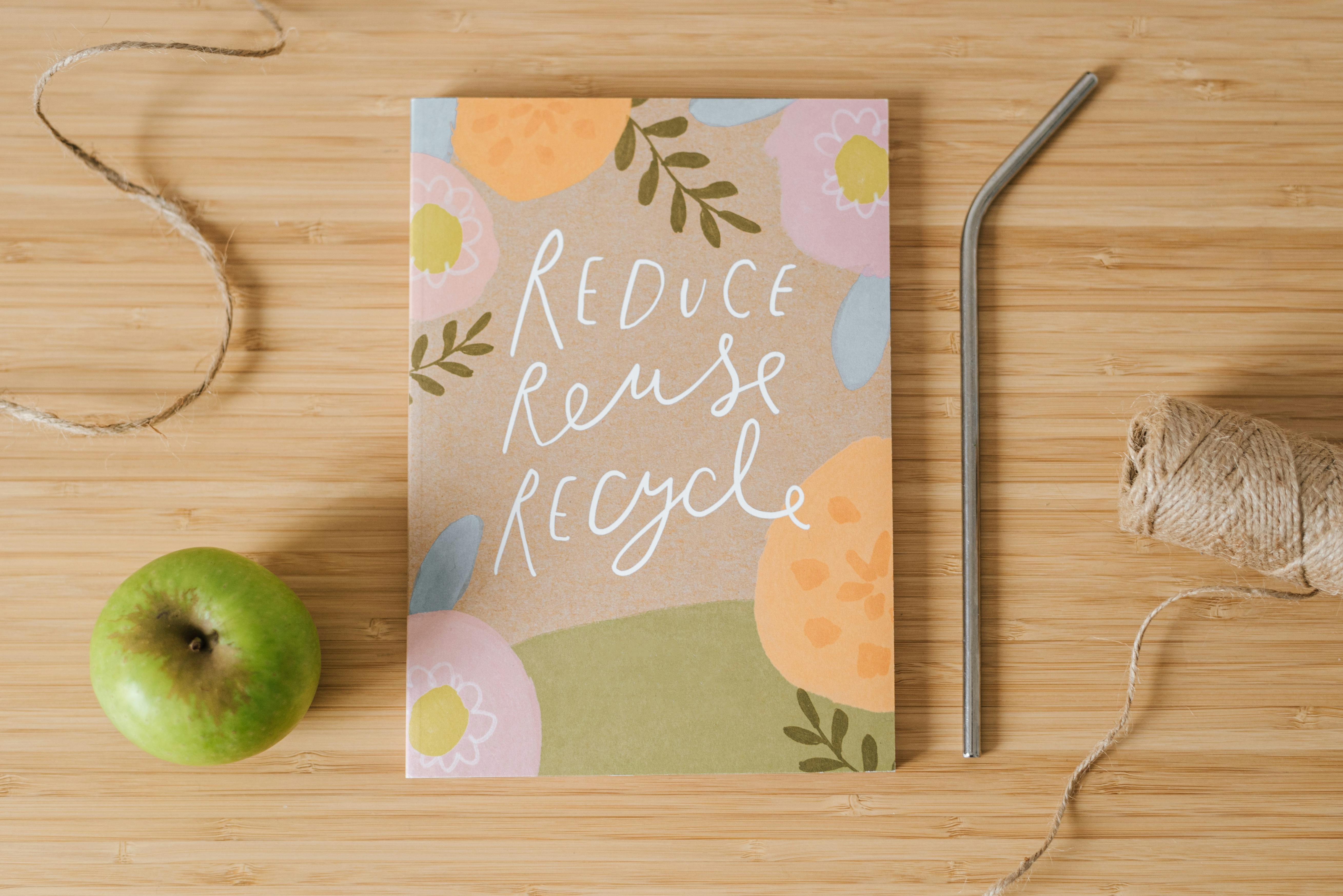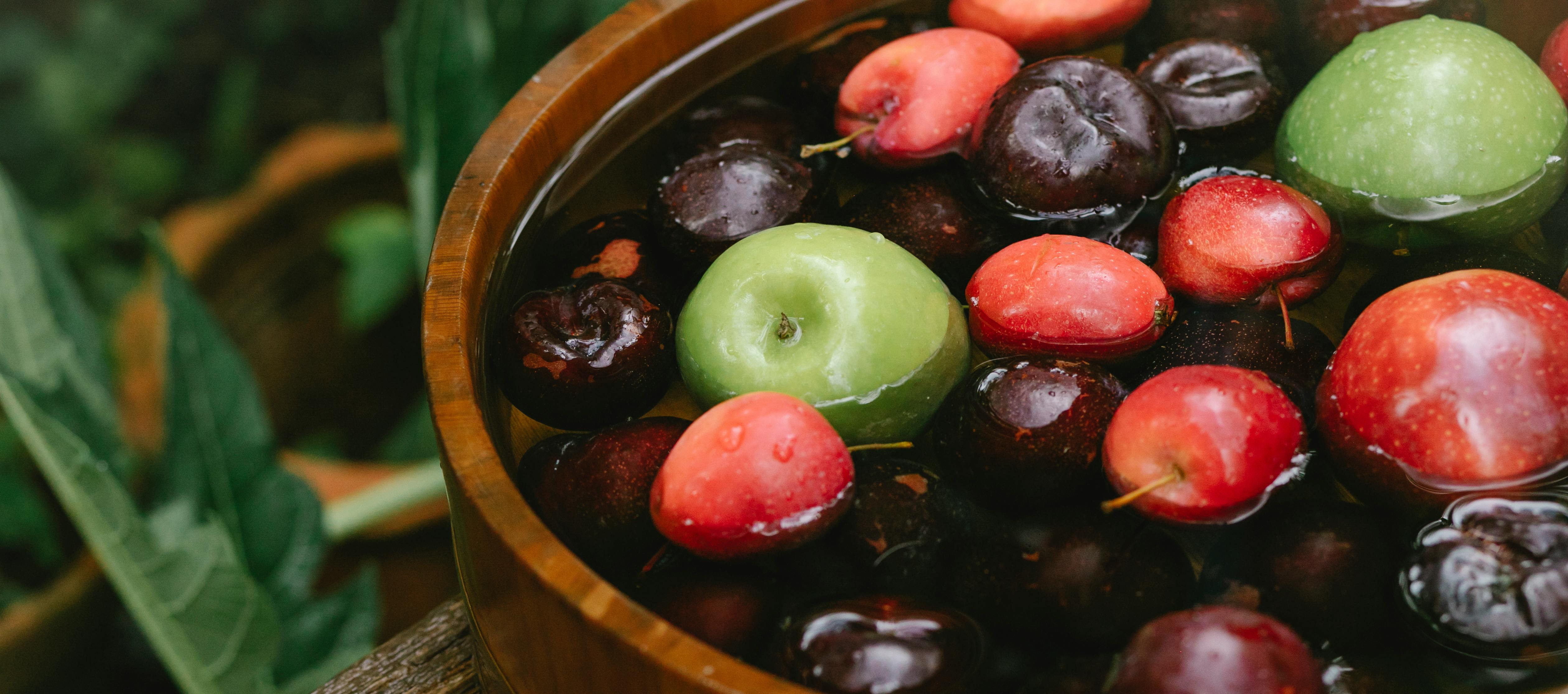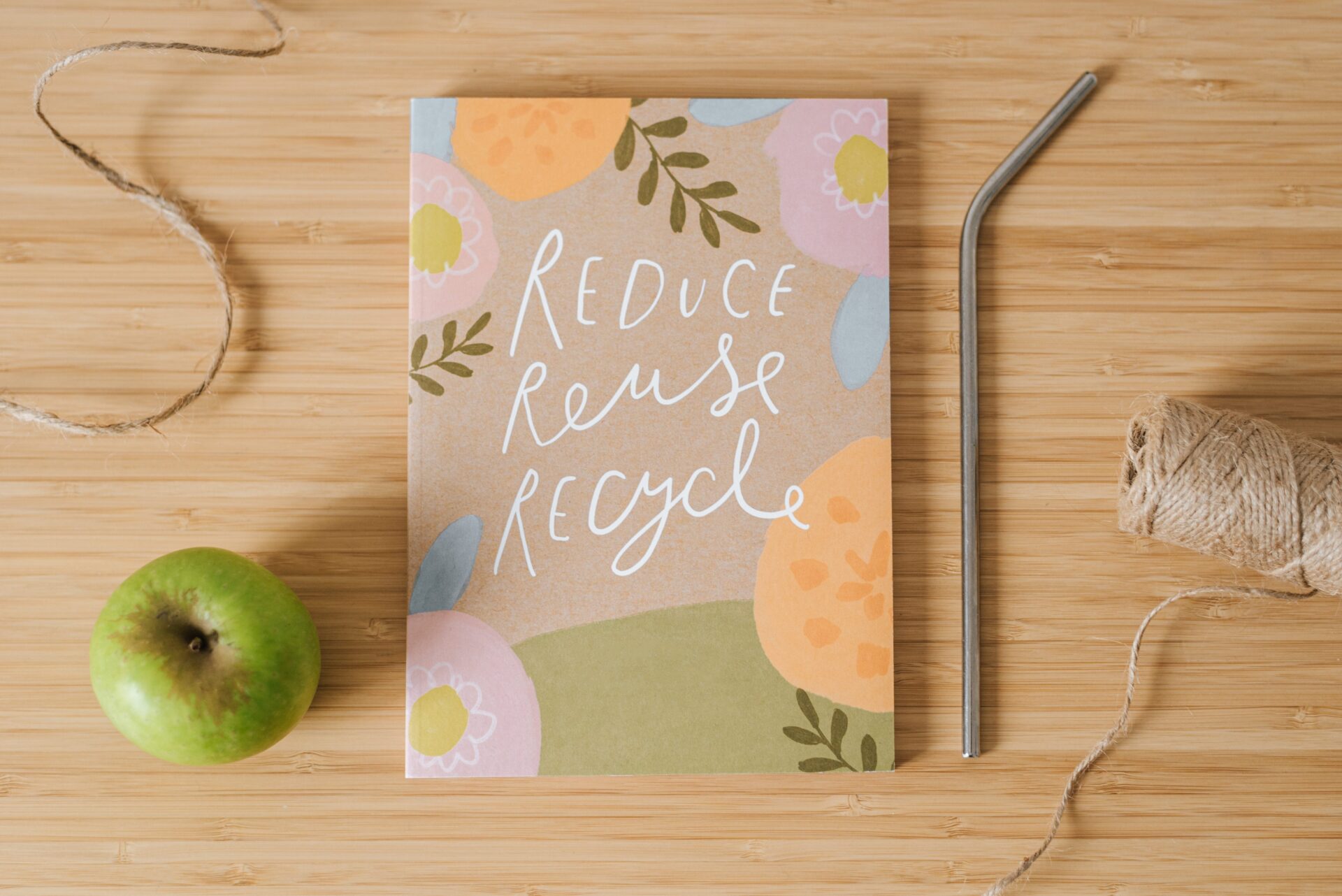If you want to ensure that your fruit is free from any contaminants or bacteria, one of the best ways to do so is by using apple cider vinegar. Apple cider vinegar is a natural and effective way to clean fruit and remove any residue or dirt left on the surface. This method of cleaning fruit is simple and easy, and only requires two ingredients: apple cider vinegar and water. Read on for a step-by-step guide on how to clean fruit with apple cider vinegar.Apple cider vinegar is a type of vinegar made from fermented apple juice. It has a golden-brown color and a slightly tart flavor. It is commonly used as a condiment, but it also has many health benefits. Apple cider vinegar is rich in vitamins, minerals, and other beneficial compounds that can help boost your health. It can be used to aid digestion, reduce inflammation, improve skin health, and help regulate blood sugar levels.
Benefits of Cleaning Fruit With ACV
Apple cider vinegar (ACV) has been gaining attention in recent years due to its many health benefits and uses. One of those uses is cleaning fruits and vegetables. ACV can help to remove dirt, bacteria, and other contaminants from your produce, making it safer to consume. Here are some of the benefits of cleaning fruit with ACV:
Reduces Contamination
Using ACV to clean fruits and vegetables can reduce the risk of contamination from bacteria or other contaminants. It has been shown to be effective at killing off E. coli, salmonella, and other harmful microorganisms that could be present on produce. By using ACV as a cleaner, you can reduce your risk of foodborne illness.
Removes Pesticides
Many fruits and vegetables have been treated with pesticides before they reach the grocery store. While some of these chemicals are necessary for protecting crops, they can also be dangerous if ingested. Fortunately, using ACV as a cleaner can help to remove pesticides from your produce, making it safer for you to eat.
Preserves Nutrients
When you use chemicals or hot water to clean your produce, you could be stripping away important nutrients from them. Fortunately, using ACV as a cleaner helps preserve the vitamins and minerals in fruits and vegetables while still removing dirt and other contaminants. This means that your produce will still contain all the nutrients it had before washing.
Adds Flavor
In addition to its cleaning benefits, using ACV as a cleaner can actually add flavor to your fruits and vegetables. This is because the acidity of the vinegar helps bring out more natural flavors in produce without adding any extra calories or sugar.
What You’ll Need to Clean Fruits With ACV
Cleaning fruits with apple cider vinegar (ACV) is an effective and natural way to remove wax, dirt, and other impurities from the surface of the fruit. To get started, you’ll need some basic supplies. These include: apple cider vinegar, a bowl or container, water, a soft cloth or sponge, and a cleaning brush for scraping away stubborn residue. You’ll also need paper towels or a clean towel to dry the fruit after washing. To prevent cross-contamination, it’s best to use separate containers and cloths for each type of fruit you are cleaning.
Once you’ve gathered all the necessary supplies, it’s time to start cleaning your fruits with ACV. Start by filling the bowl or container with equal parts water and ACV. Dip the soft cloth or sponge into the solution and gently rub each piece of fruit in a circular motion until all visible dirt and residue is removed. For tougher residue, use the cleaning brush to gently scrape away any stubborn bits. After washing each piece of fruit, use paper towels or a clean towel to thoroughly dry it off before eating or storing.
Cleaning fruits with ACV is a simple process that can help keep your produce fresh and free from contaminants. Additionally, this method is much safer than using harsh chemicals that may damage the skin of your fruits or cause harm if ingested. With just a few basic supplies and some simple steps, you can easily keep your fruits clean and healthy!
Ingredients
Apple Cider Vinegar is a natural remedy for a variety of ailments and is often used in home remedies. To make an ACV mixture, you will need organic, unfiltered apple cider vinegar, water, and honey or another sweetener of your choice. The ratio of ACV to water should be 1:2 to 1:4. For example, for every 1 cup of apple cider vinegar, use 2-4 cups of water. You can adjust the ratio to your preference. Honey or other sweeteners can be added to taste.
Preparation
To prepare the ACV mixture, start by combining the apple cider vinegar and the water in a container. Stir until the ingredients are well-mixed. Taste the mixture and adjust the ratio if necessary. If desired, add honey or another sweetener to taste and stir until combined. The ACV mixture is now ready to use!
It is important to note that drinking undiluted ACV can cause damage to your teeth enamel and esophagus, so it is always best to dilute it with water before consumption.
Washing Fruits With ACV Solution
Fruits are a great source of essential vitamins and minerals for your diet. However, they can also be a source of bacteria and germs if not washed properly. To help protect against bacteria and germs, one should consider washing fruits with an apple cider vinegar (ACV) solution. ACV is known to naturally kill germs and bacteria that may be on the surface of fruits.
To make an ACV solution, mix one part apple cider vinegar with three parts water in a bowl or spray bottle. Then, submerge the fruit in the solution for about five minutes or use the spray bottle to spray down the fruit. Afterward, rinse with cool water and dry thoroughly before consuming or storing.
When using the ACV solution to wash fruits, it is important to remember that it should not be used as a substitute for refrigeration or proper food handling practices. The ACV solution will help reduce the number of germs present on the surface of fruits, but it will not eliminate them completely. Therefore, it is important to still store fruits properly and wash hands before handling them. Additionally, if you are concerned about pesticides on your produce, you may want to look into organic produce options or even try growing your own fruits at home.
Using an apple cider vinegar solution is a simple way to help protect against bacteria and germs when washing fruits. Not only does this method reduce the number of germs present on the surface of fruits, but it also helps preserve their nutrients while still leaving them tasting great!

Soaking Fruits in ACV Solution
Soaking fruits in an apple cider vinegar solution can be a great way to get rid of any bacteria or dirt that may be present on the surface of the fruit. This technique is especially useful for fruits that cannot be washed with water, such as grapes, raspberries, and blueberries. The acidity of the vinegar solution helps to break down any dirt or bacteria present on the surface of the fruit, thus making it safer to eat. Additionally, this method can also help to improve the flavor and texture of some fruits. For example, soaking grapes in an apple cider vinegar and water solution for a few minutes can result in a sweeter taste and softer texture.
In order to create an effective apple cider vinegar soak for your fruits, you will need to mix equal parts of water and apple cider vinegar together in a bowl or container large enough for your desired amount of fruit. Place your clean fruit into the solution and let it soak for 5-10 minutes. Once finished soaking, rinse off the fruit with fresh water before consuming or using for cooking purposes.
Rinse and Dry the Fruits
Rinsing and drying fruits is an important step in food preparation. It helps to remove dirt, bacteria, and other contaminants from the surface of the fruit. To rinse and dry your fruits, first fill a large bowl with cold water. Then add your fruits to the water and gently swish them around for a few minutes. This will help to remove any dirt or debris from the surface of the fruit. After rinsing, carefully empty the water from the bowl and fill it again with clean cold water. Swish the fruits around again for a few minutes, then drain off all of the water.
Once your fruit is rinsed, it’s time to dry them off. Place each piece of fruit on a kitchen towel or paper towels to absorb any excess moisture. Gently pat down each piece of fruit to get as much moisture off as possible then transfer them to a clean plate or cutting board for further preparation. It’s important that all excess moisture is removed before you store or cook with your fruit so that it doesn’t become moldy or spoil quickly.
Store the Cleaned Fruits Appropriately
It is important to store the cleaned fruits in an appropriate manner to ensure their freshness and prevent contamination. The best way to store fruits is in a cool, dry and dark place. It is also essential to wrap the fruits in paper or cloth bags or containers that will protect them from light and humidity. Refrigeration can also be used for some fruits, but not all. Fruits such as apples, oranges, pears, peaches, plums and apricots should not be refrigerated as they may lose flavor and texture. For those that do require refrigeration, it is best to place them in the crisper drawer of the refrigerator and avoid overcrowding.
Fruits should also be stored away from other food items such as vegetables, meat and dairy products as they can easily absorb odors and flavors. Additionally, it is important to store fruits separately from each other as they can cause one another to ripen prematurely or rot quickly. Finally, it is important to check on the fruits regularly and discard any that show signs of spoilage or mold growth. Following these simple steps will ensure that you have fresh fruit to enjoy for weeks to come!

Conclusion
Cleaning fruit with apple cider vinegar is a great way to keep your produce fresh and free from bacteria. Apple cider vinegar has been proven to be an effective antibacterial and antiviral agent, making it perfect for cleaning fruit. It’s also safe to use, so you don’t have to worry about any harmful chemicals coming into contact with your food. While it’s best to soak the fruit in a mixture of apple cider vinegar and water, you can also wipe down the fruit with a damp cloth dipped in vinegar.
In addition to using apple cider vinegar for cleaning fruit, you can also use it as part of a salad dressing or as an ingredient in marinades and sauces. It adds flavor and helps preserve food for longer periods of time.
Overall, cleaning fruit with apple cider vinegar is an easy and safe way to keep your produce fresh and free from bacteria. The natural antiseptic properties of ACV make it ideal for keeping your food clean and healthy. Plus, its versatile uses make it a great addition to many recipes. So next time you’re looking for a way to clean your fruits or vegetables, consider using apple cider vinegar!



